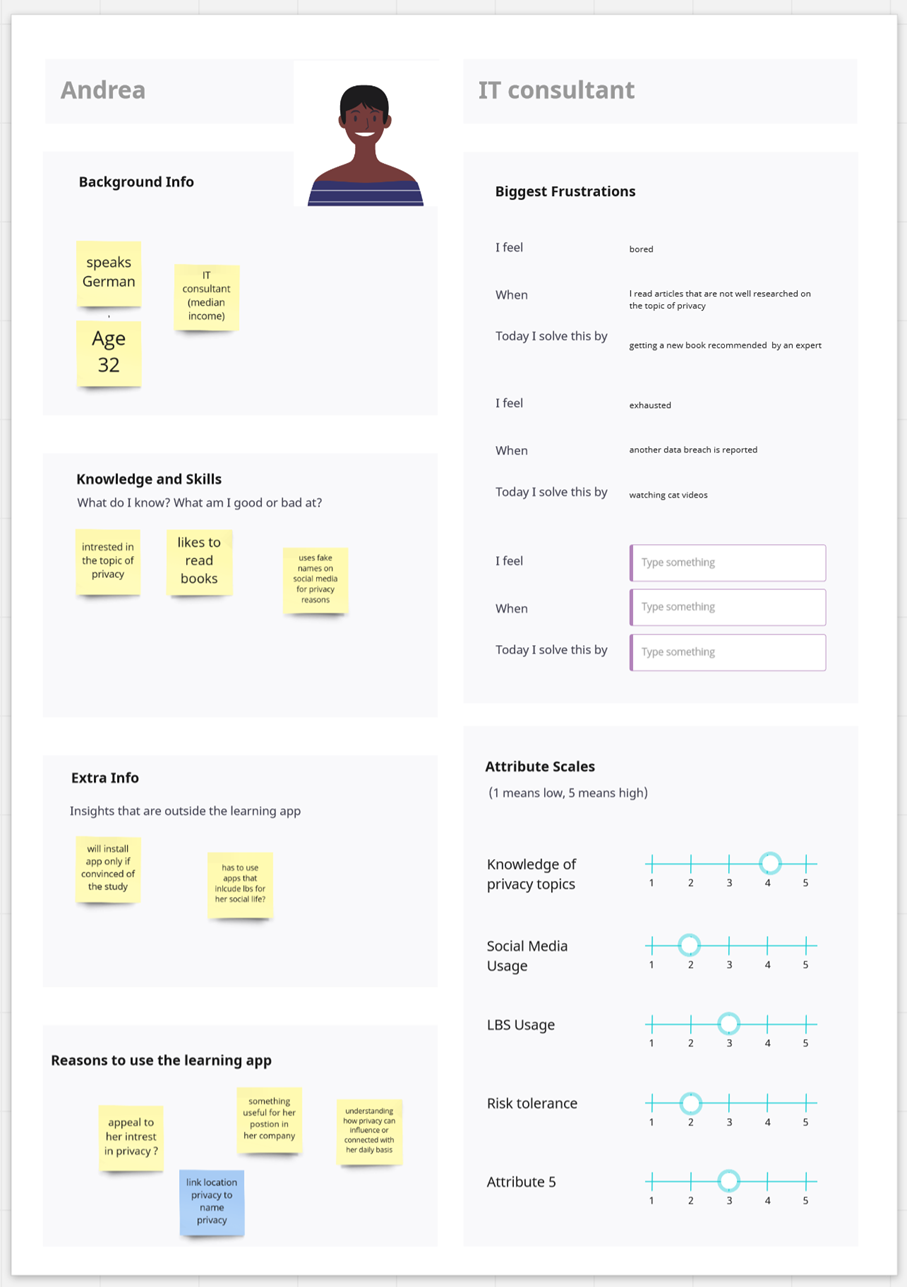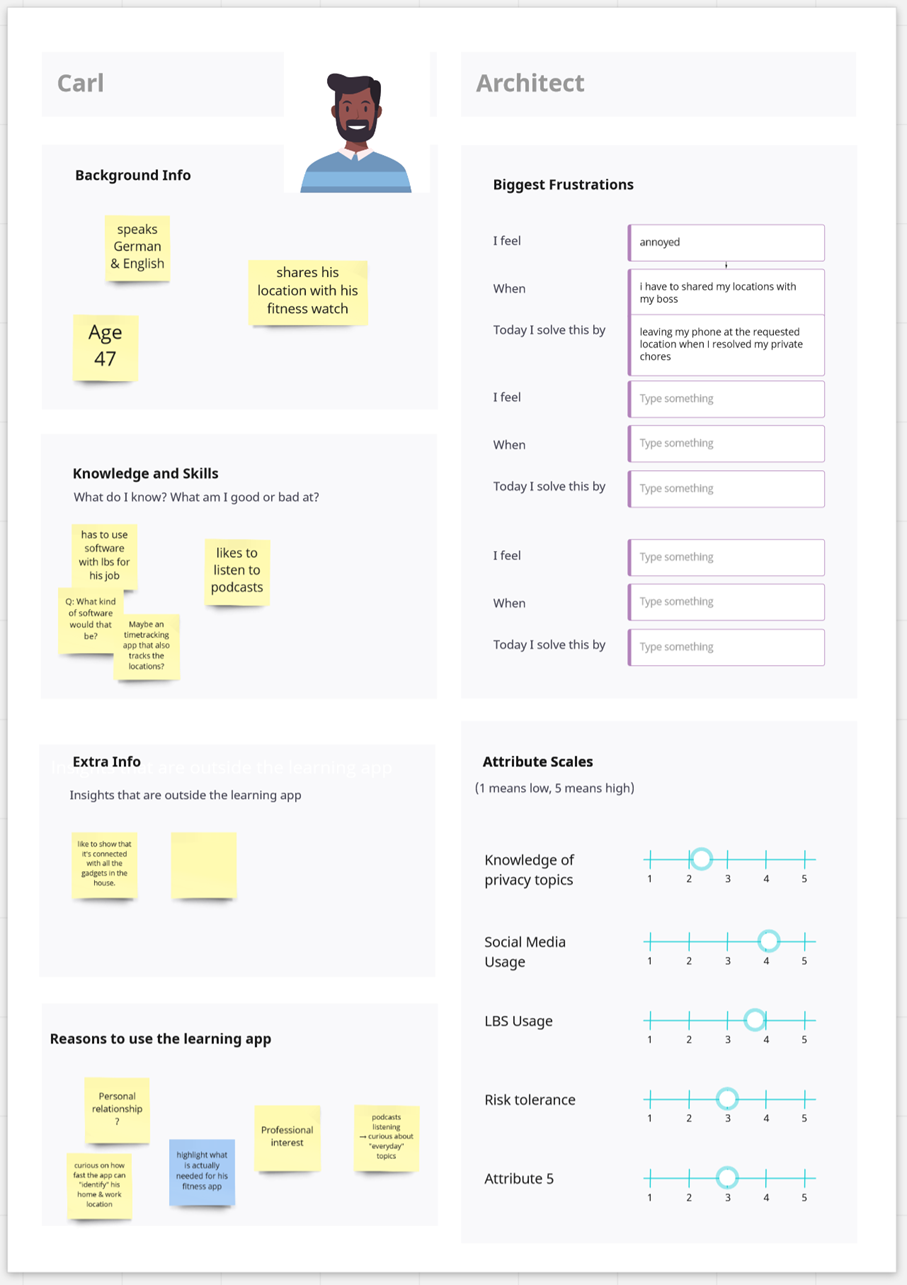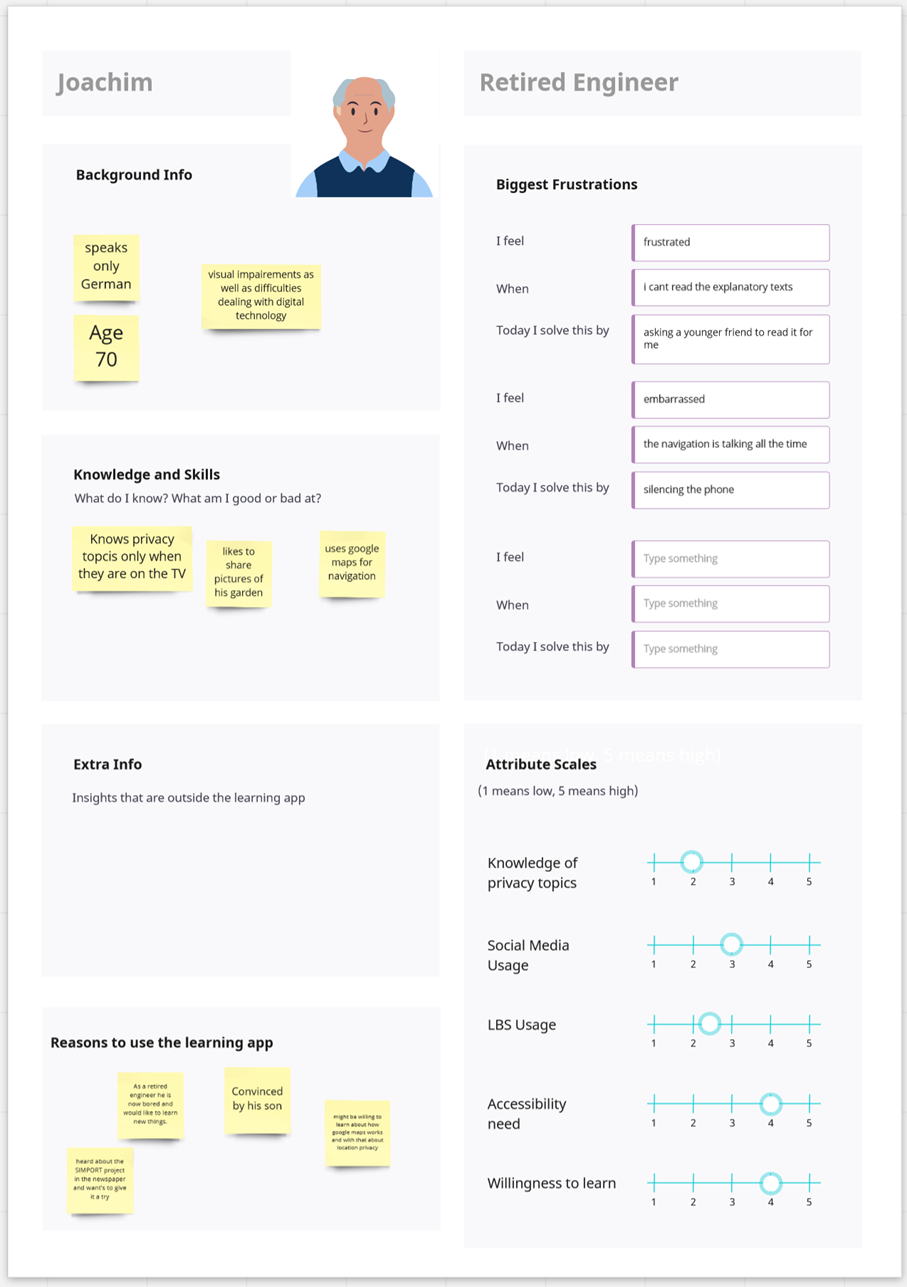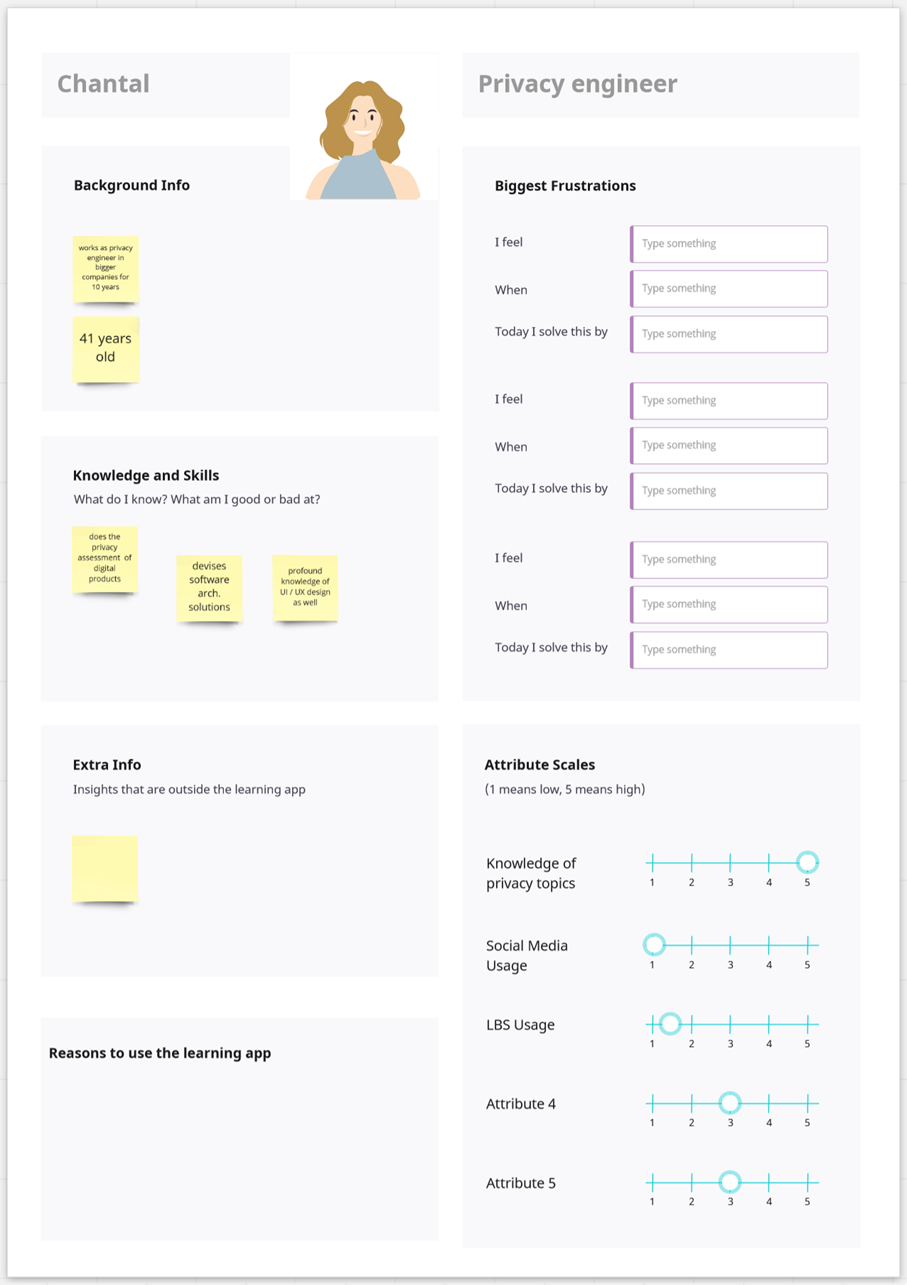In the SIMPORT project we follow an ethics-by-design approach. Ethics-by-Design as a method aims to deal with ethical issues visibly and comprehensibly during the design process. In doing so, all participants should be given the opportunity to contribute to the promotion of products that have a positive impact on society. In doing so, every decision in the project is evaluated for its impact and attempts are made to make unconscious assumptions visible. The results of our use of ethics-by-design methods will be summarised in a generally usable guide in the future.
This blog article will present some of the building blocks that will be included in the guide. First we start with the “Personas Workshop”. A “persona” is a fictitious example person who is representative of a certain target group in product development. It is meant to serve as an illustration and facilitate considerations around the specific needs of certain target groups of the product.
Ethical, organisational and software-technical considerations overlap in the selection of target groups. The aim is to make target groups visible through personas as well as to find additional personas for possible target groups that have not been considered so far. An ethical perspective is not only used to create personas, but also to reflect which target groups have been implicitly assumed so far. The ethical perspective also shows up in the reflection on the stereotyping of personas. This arises because personas are easily presented with a focus on certain characteristics. Especially when talking about target groups that are not represented in the team itself, it can happen that personas slip from a lifelike representation into a stereotype.
After the creation of the personas, it can be additionally examined whether a persona is a “reach persona” or an “ideal persona”. Reach personas” stand for those target groups that can be reached with justifiable effort and “ideal personas” for those target groups that one would like to reach but it would be too resource-intensive, for example, to tailor product and marketing to them. Designed personas are caught between the desired possibilities for action and the concrete time and financial constraints.
Within the SIMPORT project, personas were created for two different developments: 1. for the further development of the SIMPORT learning app (an app with which one’s own position data can be collected, visualised and evaluated in a secure environment), 2. for the creation of a planned data protection toolkit for developers of products that use location services. Four exemplary personas, based on discussions in internal and external workshops, served as a basis in each case. The participants first supplemented the already proposed personas with further information and also suggested additional personas. For this purpose, comments were made in a Miro board, the results were presented and the extent to which the existing personas represent sufficient diversity was discussed. The workshop made it possible to identify Reach personas that had not yet been envisaged as a user group.
Examples of some of the personas developed:




For those interested in conducting their own personas workshop in their project, the Miroboard offers a first starting point. Here, a few exemplary templates illustrate the approach. Empty templates with prepared questions invite you to fill them in. There is also space to add further personas. Through a moderated discussion, the results can be structured and reflected on in the team.
